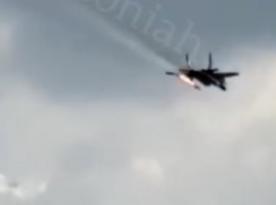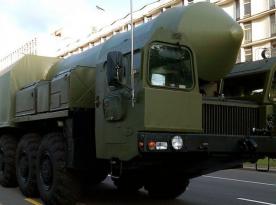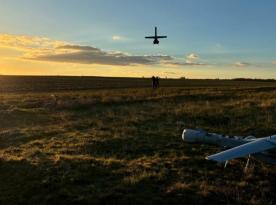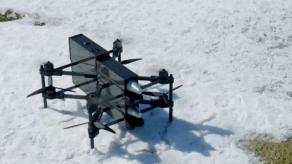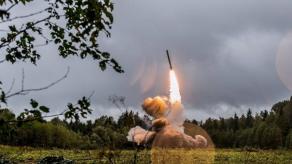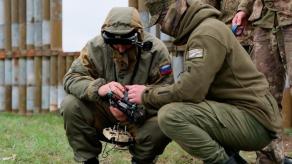S-400 Triumf is hailed in russia as one of the brightest stars of defense exports, as it not only manages to compete but prevails over all the Western systems available on the market. However, the head of Defense Intelligence of Ukraine Kyrylo Budanov believes that the repetitive and, most importantly, systematic elimination of S-400 by the Ukrainian forces has significantly undermined its export potential.
Indeed, russia created a persistent myth about the popularity of S-400 abroad but in fact, there are not as many operators of this system. Apart from the russian federation itself, only belarus, China, Turkiye, and India have it in service. Besides the discourse on whether belarus should be counted as a sovereign state, we should also pay attention to the numbers of ordered S-400 systems.
Read more: Explosion in Yevpatoriia: S-400 Triumf Destroyed in a Combined Attack of Drones and Neptun Missiles
S-400 for China, Turkiye, and India
The first S-400 export contract with China was signed in September 2014 (announced in 2015). Two regiment sets of air defense systems were ordered, their initial batch was delivered in 2018, and the rest came in 2020. The estimated worth of the contract was, according to unofficial data, over USD 3 billion. Side note, as of 2021, reports said russia had not transferred all of the ordered missiles to the systems.
On the other hand, when China is buying russian weapons, it does not expect consistent supplies anyway. For example, after experiencing supplies of S-300 in the 1990s, the Chinese analog of this missile system called HQ-9 was created quite quickly and soon entered serial production.
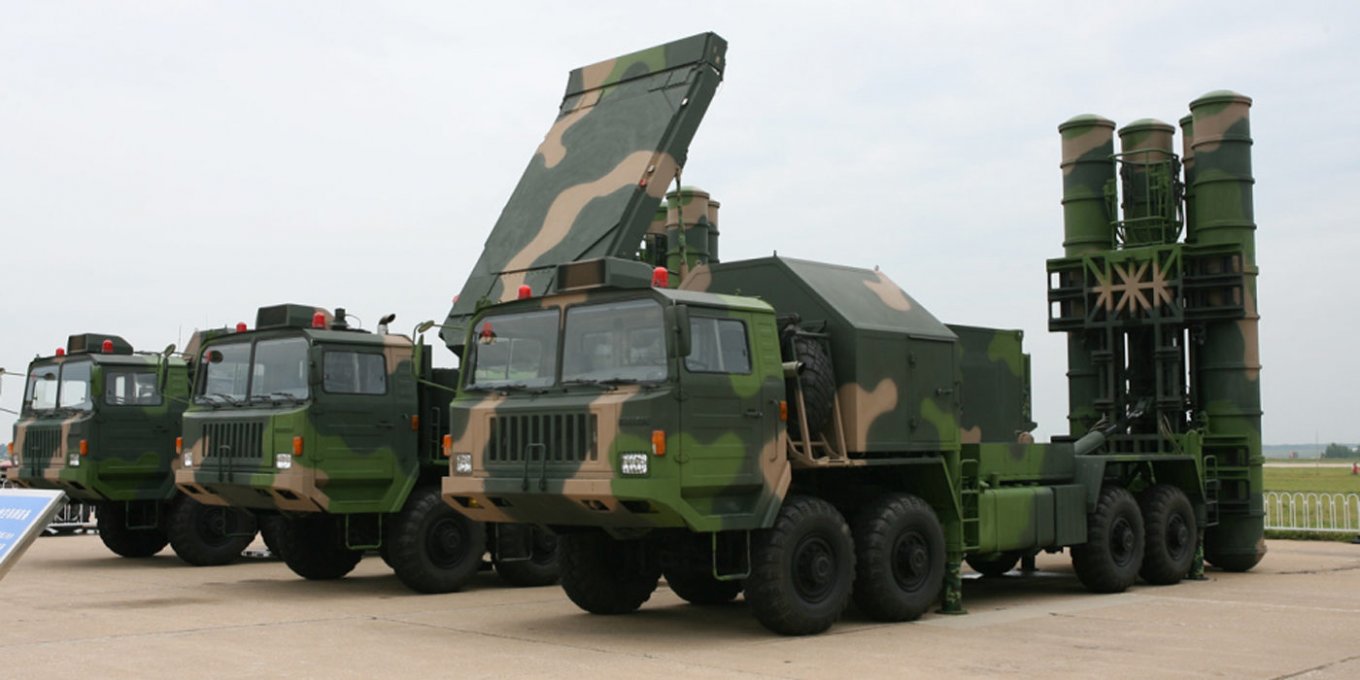
Another resonant episodeIs related to S-400 supplies to Turkiye. The contract from 2017 on a single regiment set comprised of four divisions for $2.5 billion turned into an argument with the United States regarding the Patriot system procurements and caused tension in relations with Washington.
In the outcome, selling its air defense system to a NATO member country was a forward-looking decision by the Kremlin, as the first thing the Turkish Air Force did after receiving S-400 – they ran a series of tests involving their own aviation. Since then, all the testing of new Turkish missiles and aircraft is never done without this russian system.
One more aspect, maybe not directly connected to the main topic, is that after receiving S-400 Turkiye also started putting effort into the development of domestically-made air defense systems under the HISAR project, including the Siper (formerly known as HISAR-U) with a target engagement range of 100 km.
That makes India the only customer that actually relies on S-400 Triumf and keeps purchasing despite constantly balancing on the verge of being sanctioned. A contract on five regiment sets (reduced type, two divisions per set) with a total value of $5.5 bln was signed in 2018.
Although the deadlines were set for April 2023, the order has not been fulfilled, and russia is struggling to finish the deal. According to the available information, only two regiments were delivered out of five.

Curious, Not Interested
In summary, we have four countries (excl. belarus), of which, objectively, only two had any sort of alternative – so much for being a "bestseller." However, the myth was born, and it happened thanks to the "curiosity" toward S-400 from multiple "potential" buyers.
The list of such countries includes Saudi Arabia, Morocco, Iraq, and Vietnam; by the way, the latter has been "curious" about S-400 without buying any since 2016. Each year, russian media report Hanoi would definitely place an order this time around. The last time we heard this prognosis was in March 2023: allegedly, in addition to S-400, Su-57 fighters would be a part of the deal. The result: Vietnam is in talks over F-16 with the USA.
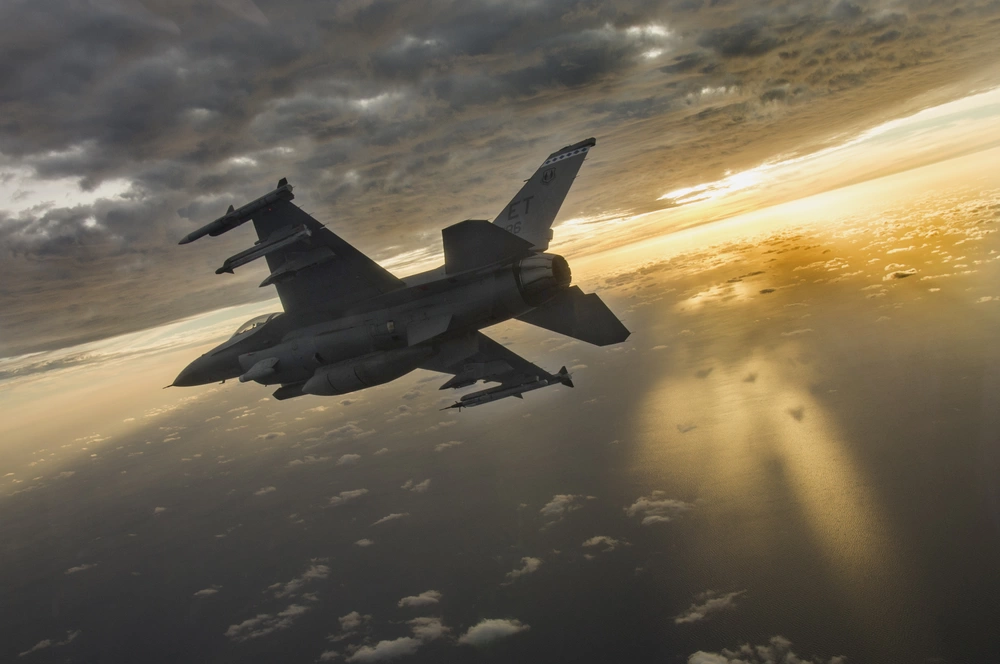
Saudi Arabia didn't procure any S-400 either and ordered an American THAAD anti-missile defense system and some extra Patriots. That doesn't prevent russia from claiming that 13 countries at once are "curious" about S-400 Triumf despite all sanctions.
In the meantime, Patriot system is currently operated in 18 countries and has two ongoing solid contracts. One of them with Morocco which was among those "curious" ones but ultimately bought the US-made system in 2021.
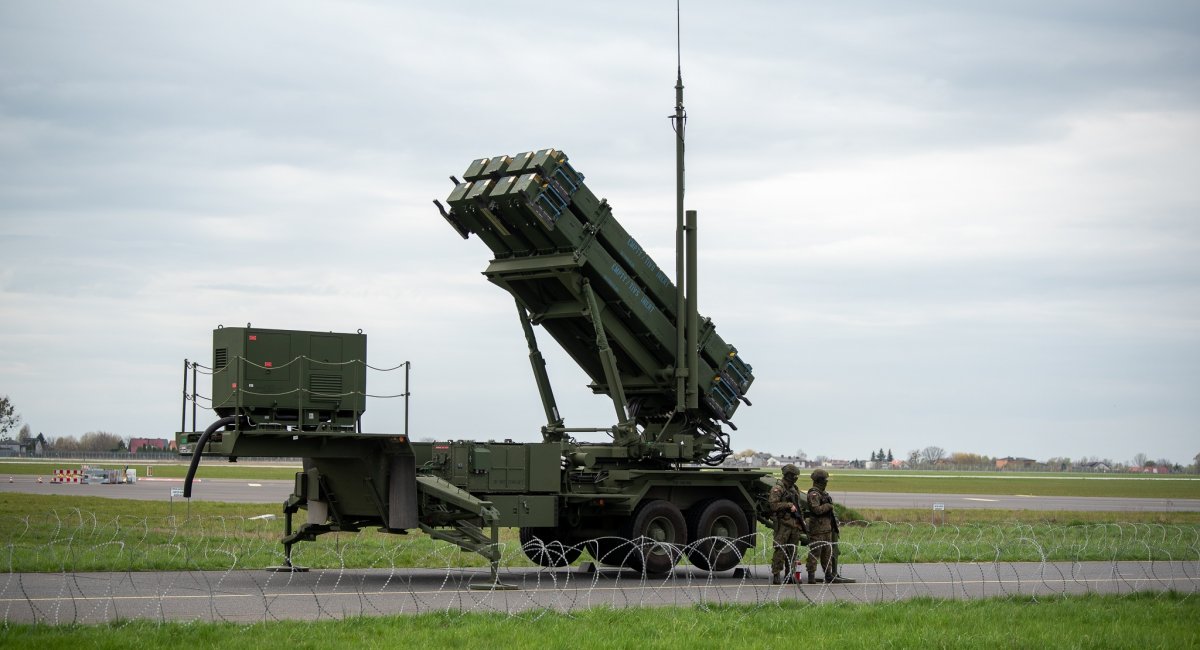
The difference between "curiosity" and real interest, negotiations, a finalized contract and its progress is astronomical. Now that the S-400 has shown its real level of reliability in real combat, the problems for russian weapon sellers start at the very first step.
For it's hard to persuade someone that S-400 is an advanced air defense system on par with THAAD and Patriot when the whole world sees how spectacularly they are getting destroyed by Ukrainian cruise missiles, while an aerial drone is watching it unfold from above, intact.
The same goes for other russian air defense weapons meant to cover S-400 positions as insurance: Tor and Pantsir-S1, not to mention electronic warfare systems. The only thing left for Ukrainians to do in order to bury the export potential of S-400 is to deploy ATACMS to see whether or not the russian "wunderwaffe" can actually intercept ballistic targets, as the russians declare.
Read more: Ukraine Shot Down 91% of the Kalibr Missiles and All the Shahed Drones, But the Issue with Oniks Missiles Remains





